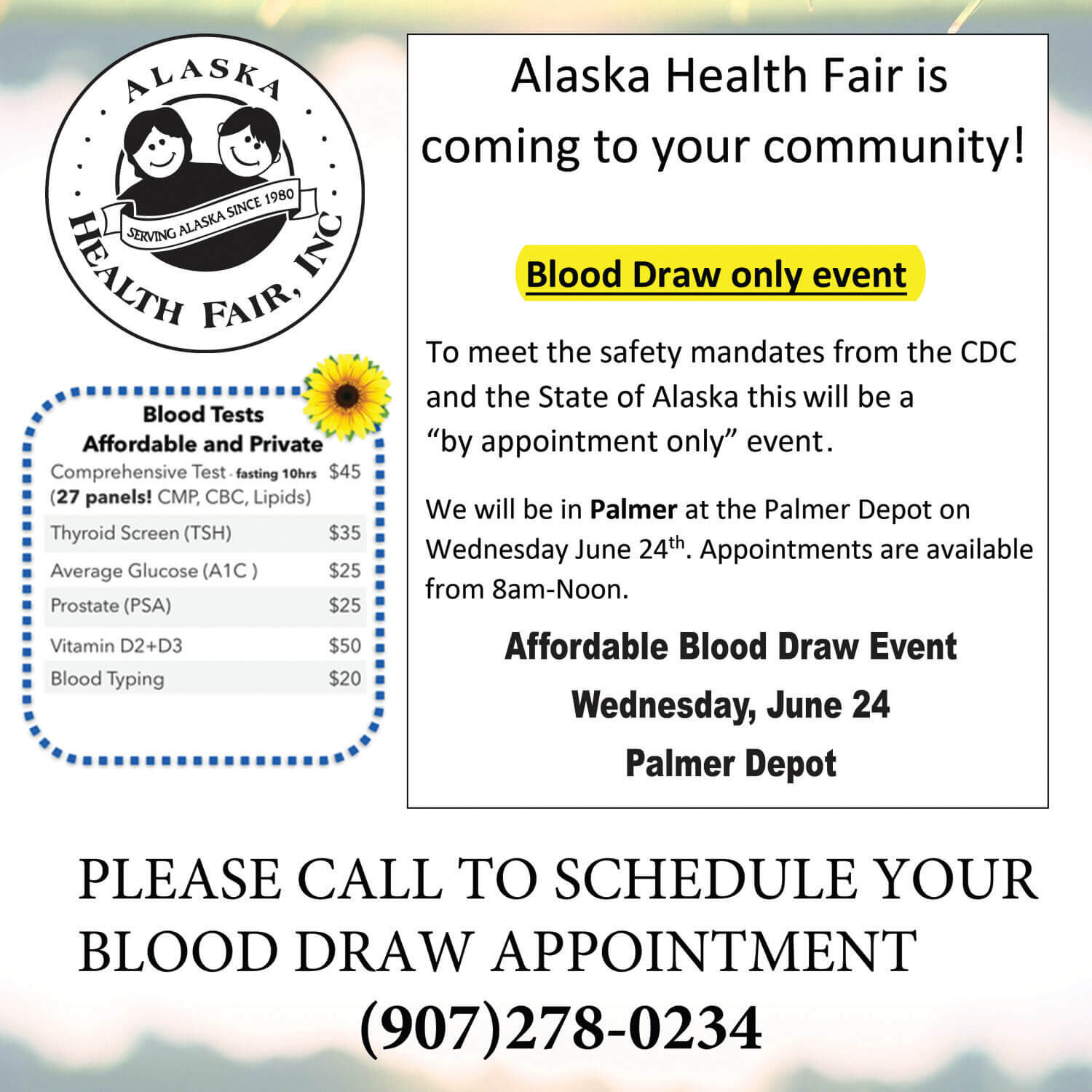Contributed by Angie Lewis, President of Alaska Animal Advocates
Our pets are often overlooked when we are preparing for a disaster – natural or man-made. Planning for our animal family members is crucial. These disasters can include a flood, fire, earthquake, wildfire, hurricane, tornado, airplane crash or a terrorist attack.
Animals left behind can die a slow death, waiting for their humans to return or succumb to the horrors of the disaster. Many of these animals get lost, never to be returned to their loving family. They wander the streets, struggling to survive.
It is very important to prepare now, not when an emergency has occurred. Being prepared can give your pet a chance to survive. The most important aspect of caring for your pets in a disaster is to never leave them behind if you must evacuate. Chances are they will not survive without you.
If you must relocate to a shelter that does not allow animals, search for an animal-friendly hotel, find a friend or family member who would be able to care for pets, check veterinarian offices, contact the Animal Control Shelter or boarding facilities. You will also need to arrange transportation to these places. This may involve having pet carriers, leashes/collars, and tanks or cages for smaller animals.
Have a pet emergency kit ready for each of your pets. These kits should be updated once a year and items that expire need to be replaced. Your pet kit should include the following items:
• A first aid kit
• A week’s supply of food
• A waterproof container with a couple of weeks of medicines your pet requires
• Medical records
• Identifying documents/photos/microchip information and tags. Make sure everything is current, in case you get separated from your pet.
• Water for at least seven days, per pet.
• Litter box and litter
• Collars and leashes/harnesses
• Crate or carrier for each pet
• Water and food bowls
• Blankets
• Toys
• Flashlight and batteries
Make sure that you have a plan for your pets, in case you aren’t at home should a disaster strike. Have arrangements with a neighbor, friend or relative to look out for your pets. It is necessary to have a key available in a spot that these individuals are aware of. Agree, ahead of time, on a location to meet so that you can be reunited with your animals.
There are rescue alert stickers, often available for no cost, which can be placed on your front door or window to alert rescue workers as to the number of pets in your home. These can often be found at veterinary offices or at Animal Control. Be sure to include your pet’s name, description and your phone number. If you have evacuated your home, along with your animals, be sure to indicate this on your rescue alert sticker.
The American Veterinary Medical Association has a very good tool for planning for animals should a disaster occur. This can be downloaded under the title of “Saving the Whole Family”.
When the disaster is over, your animals will require extra attention and comfort. Understand that they might display behavioral problems as they adjust to their new living arrangements. Consult your veterinarian or an animal behaviorist should these problem behaviors persist. Remember, your animals are a part of your family and they each deserve your dedication and loyalty.
















































